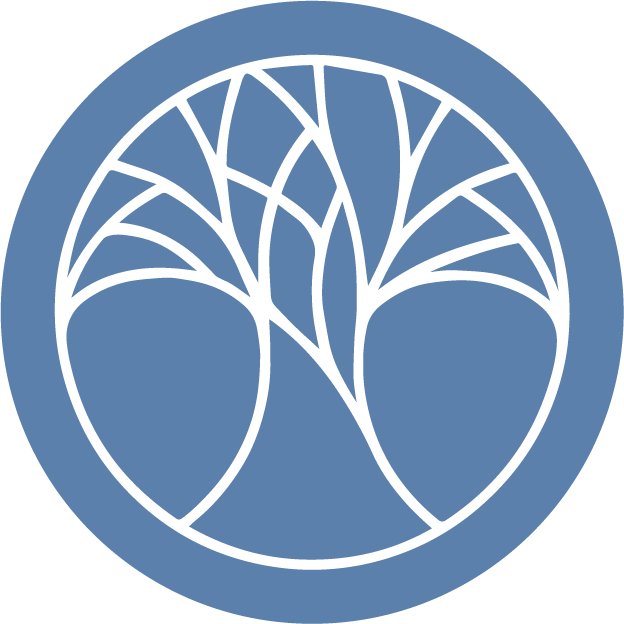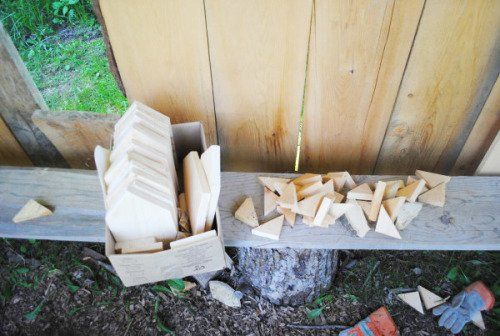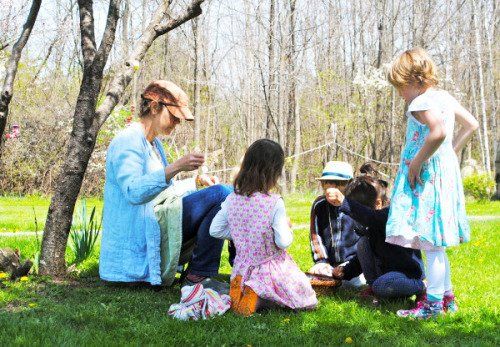A Quiet Maker’s Revolution…
In eighth grade, I almost failed wood shop class. In a full semester, the only project I completed was a lopsided, uneven cutting board that my mother faithfully used for years. Bless her.
“Come on, Papa,”the four-year-old says as she takes me by the hand. “Let’s go make some star sticks and May crowns.”She leads me to the front porch and carefully shows me how to make a star stick. “You make two of these while I gather flowers for the May crowns,”she says. “You let me know if you need me for anything, okay?”
A little stunned by her calm presence and command, I simply whisper “Okay”and continue weaving yarn around two sticks. As the star stick takes shape, I feel inexplicably happy.
By the time I reached teendom, it was clear I was not much of a maker, in the Bill Coperthwaite sense (http://circlein.wordpress.com/2013/03/26/a-day-with-bill-coperthwaite/). I can make poems. I can make books. I can make ideas fly. I can make believe quite well, thank you. But I lack the wits and skills to date to make a book shelf or chair or even a decent set of stone steps. Among the bushy Waldorfian fathers who tote tool belts instead of laptop cases, I can feel a wee small.
I grew up prejudiced against making things with hands, honestly, against vocational education. I don’t think I’m unique in that sense or what our educational system or economy or culture-at-large seems biased against.
So when a trusted friend several years ago told me that Waldorf schools don’t teach children how to read until they are nine or ten, I balked. When he convinced me I didn’t have to be a dyed-in-the-wool Waldorfian who praises bee’s wax and shuns all printed matter, I leaned back in.
And I had remembered a few years earlier seeing another friend’s two boys who attended a Waldorf school in Woodstock. While I spoke with my friend in her kitchen, her 6-year-old and 9-year-old came waltzing through the kitchen sword fighting like Jedi masters. Not six minutes later, they sat quietly at a small table, holding balls of yarn.
“What are they doing?”I said.
“Knitting their socks,”my friend said.
I was enchanted.
But when any of us think about our children’s future, we make decisions on more than being enchanted with seemingly quaint practices.
Still, here’s what you and I know. Moving and using our hands helps us think. Susan Goldin-Meadow of the University of Chicago has a lab with her name devoted to cognition, linguistics, and education. Her TEDx Talk “What Our Hands Can Tell Us About Our Minds”is a brilliant primer. My favorite lines: “Our hands indicate who is ready to learn”and “Our gestures can change our minds.”
A group of scholars at the University of Westchester and the Edge Centre for Real-World Learning argue in “Bodies of Knowledge” that “Practical and vocational learning is no less intelligent than academic learning and every bit as worthy of our full admiration.”
You know this. You don’t need the references to confirm it. But what about your parents or in-laws? Or your friends who question your choices for your child’s education?
My 4-year-old’s grandmother, case in point. On one hand, she is an exquisite knitter and weaver. She spends two or more whole days with her granddaughter. They adore each other. The influence is evident. The other evening, the four-year-old and I tossed leaves in the water. When I suggested we make boats somehow, she ran to get her ball of yarn, tied the yarn strings to leaves, and floated them in the stream and pond like boat-kites she could reel back in. Again, I stood a little astonished as I watched her confidently tie knots and figure it all out on her own. She exhibited more resourcefulness and practical creative problem-solving than many of my 40-something clients.
Still, the grandmother frets about the four-year-old “getting behind”if she doesn’t enter a school where she learns math and reading sooner than later.
“Get behind what?”I asked.
“You know, the other kids.”
“So they can get into freshman comp?”I said. “I’ve taught freshman comp. She’s not getting behind.”I wanted to say so much more, about how she’s miles ahead already. I had become a “convert,”I thought.
The truth is now I admire if not envy carpenters, wood workers, weavers, knitters, and sculptors of all stripes, and I was hearing what philosopher-author Alain de Botton had said recently in an interview about his kids: “I hope they don’t become writers. I hope they don’t turn to books too soon. We turn to books as kids because we’re anxious. I hope they’re not anxious like I was as a boy.”
On the evening the four-year-old taught me to make star sticks, we walked around the yard to gather flowers and branches for the May crowns. She designated my work space on a large stone and her own space. We knelt and got to work. In the household, her mama and I set the tone. In this space, she relished setting it.
“You see, Papa,”she said, “we can make things, and it’s fun to work together.”
“I love working together with you, Boo.”
“I love working together with you, too.”
How we use our hands and how we relate to our physical resources and how we relate to each other does change how we make. It changes how we make families. How we make communities and neighborhoods. How we make the future.
In the land of hand-held devices, we can either program our lives or be programmed.
A teacher’s highest calling is not to prepare a child for the SAT but to preserve the sanctity of and to allow to unfold of its natural accord a child’s original genius that she feels empowered to make things, make a life, make a difference.
In this sense, we are all makers, and this I believe: In a Wiki-Google age of digital consuming, the makers shall inherit the earth.
– Jeffrey Davis is one of the original Acorn School parents & father of Dahlia, an original little oak at Acorn School and an inspired maker.
JEFFREY DAVIS
Author, Speaker, Creativity Consultant
TRACKING WONDER
e: jeffrey@trackingwonder.com
p: 845-679-9441
Psychology Today Online Column: Tracking Wonder
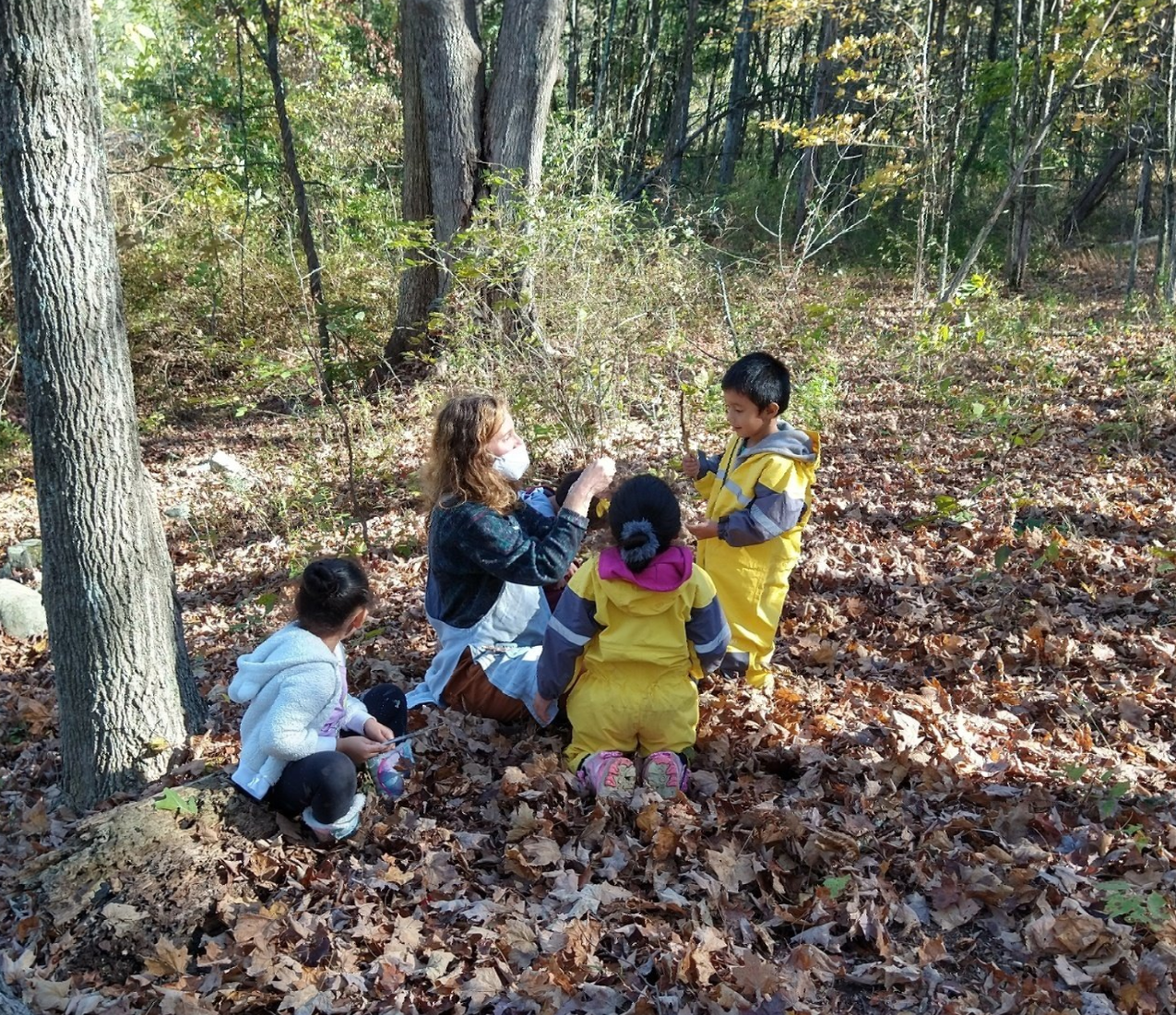
We are excited to share a new documentary about the work the Neighboring Tree Project did with a neighboring Head Start and the creation of an outdoor forest program for the children in their care. 🌿 Over the past months, Elia Gilbert , one of Acorn's kindergarten teachers, has been working with the Agri-Business Child Development Center team of educators to produce a 30 minute video which documents their collaborative process in creating an outdoor forest program for the children in their care. We hope this will inspire future Neighboring Tree Project collaborations, as well as other Waldorf educators to reach out to their neighbors in similar ways. We are now looking for more "branches" to our NT P work, as well as more Waldorf teacher people-power to work on the ground with our neighbors. After seeing the video and getting a sense of our work, please get back to us with any inspirations or feedback. We'd like to hear from our community! We hope you enjoy this film!
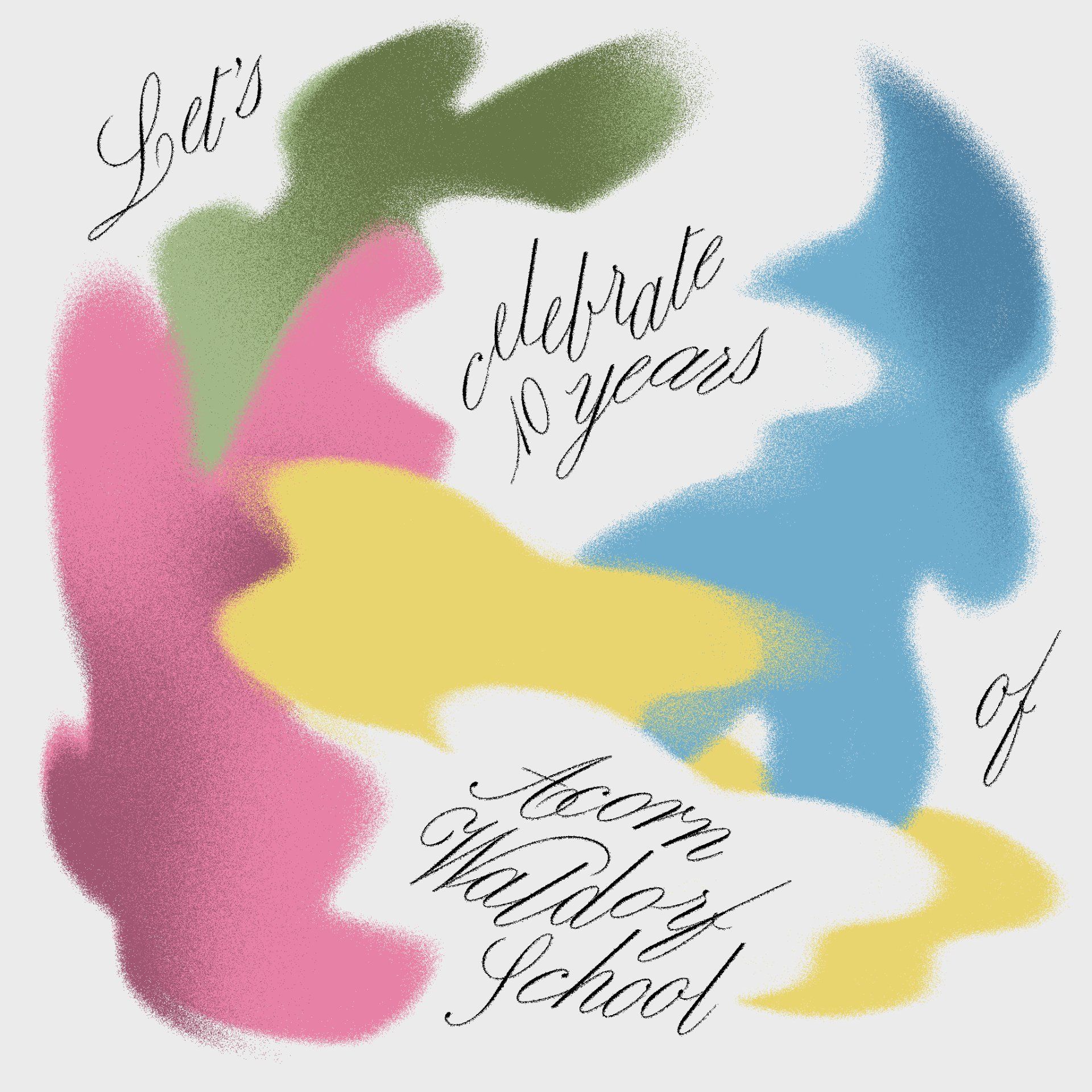
Let's Celebrate Together! Acorn Waldorf School is celebrating its 10 Year Anniversary! We began this wondrous journey with 8 intrepid families who took a chance on a tiny new program and, with their support and the support of so many families in the decade since, have grown into a vibrant center for Waldorf Early Childhood Education in the Hudson Valley. I can’t think of a better way to mark this auspicious moment in our school’s biography than making a meaningful contribution to the Sunbridge Institute Diversity Fund . During the entire month of June, for each donation to the Sunbridge Institute Diversity Fund, Acorn will give another $25. In the line where it asks, " My connection to Sunbridge is? " Please write " AWS 10 Year Anniversary ". Our hope is to inspire at least 50 individual donations but we will happily go above and beyond! If you or your family has benefitted from, enjoyed or simply appreciate what’s happening at Acorn, please consider joining me in support of this all important endeavor. This wonderful fund supports BIPOC individuals in the Sunbridge Institute Waldorf teacher education programs, creating a more diverse pool of Waldorf teacher education graduates who will be fully prepared to take on educational and leadership roles in Waldorf classrooms and schools. We are grateful and awed by Acorn’s continually star-strewn journey. May the next ten years continue to be blessed. Together we can make a difference! 🧡

The Neighboring Tree Project (NTP) is an AWS initiative that aims to create community partnerships with our "neighboring trees," i.e. local early childhood educators, schools and centers who are doing the important work of caring for children from underserved, migrant farming or inner-city backgrounds. In building these relationships, we are working collaboratively to bolster the programming offered, taking individual needs and current staff into consideration. The goal is to empower our neighbors with tools and pedagogical enrichment. We also hope to learn: we want to get to know our neighbors, the children and families in our region, and learn from whatever is brought to the group together. The forest offers nutrients to all its trees, and one tree shares with another for mutual health of the whole. Read on to learn about our first two endeavors, Agri-Business Child Development in New Paltz, NY and Meagher Pre-K in Kingston, NY.
